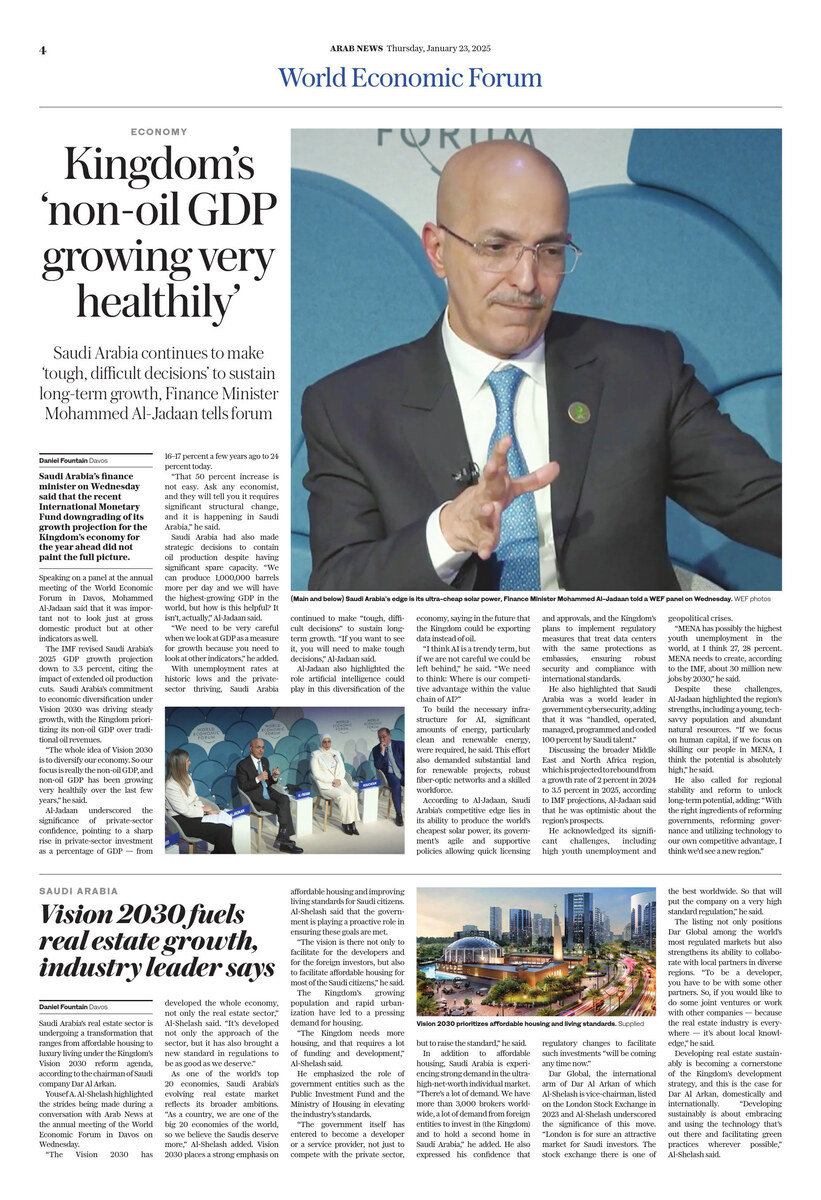RIYADH: Bahrain’s residential market showed mixed performance in the first half of this year, with villa prices increasing by 7.8 percent annually, while apartment rates remained stagnant, a new report showed.
The latest report from global real estate services provider CBRE Middle East attributes the villa price increase on a per-square-meter basis to strong local demand, with citizens primarily seeking affordable units.
While international buyers dominate the mid-to-high-end apartment market in foreign investment zones, apartment sales remained consistent, following growth since 2021, the report added.
CBRE estimated that around 19,356 freehold apartments are available to international investors, with an additional 1,361 units expected by year-end.
The property firm’s regional division anticipated that, without a significant increase in demand, downward pressure could cause apartment rates to stagnate or lead to slower absorption levels, ultimately resulting in reduced sales levels.
According to the same review, the retail market continues to experience new openings despite sector challenges.
Average occupancy across CBRE’s tracked properties decreased by 2 percentage points to 68.9 percent, following a period of steady but marginal growth in occupancy since the first half of 2022.
This decline in tenancy includes the addition of Marassi Galleria to the properties surveyed. High occupancy rates were observed mainly in Bahrain’s larger malls managed by regional operators.
Smaller properties struggle due to insufficient demand, impacting their ability to attract international tenants and foot traffic.
Monthly rental rates for prime shopping centers average 21,500 Bahraini dinars ($57,042.04) per sq. meters, although the average rate across the market is around 11,500 dinars.
The CBRE report added that there is a trend toward a more innovative tenant mix in Bahrain’s competitive retail market, with operators introducing more entertainment and experiential family activities.
In the office sector, rental rates declined in prime and non-prime properties.
In the first half of 2024, average rental levels dropped by 2.9 percent compared to 2023, maintaining a decade-long trend driven by excess supply outpacing demand.
It added that there is a growing preference for high-quality Prime and Grade A spaces, with landlords offering incentives to attract limited demand, noting that the gap between Grade A and Grade B spaces in Bahrain is relatively narrow compared to other regional business hubs.
It also noted an increasing demand for CAT-A or CAT-B spaces, which offer semi-fitted or turnkey solutions.
Heather Longden, director of advisory and transactions in Bahrain, noted that while the number of transactions decreased in the first half of 2024 compared to the previous year, the overall value increased, indicating higher average transaction values.
“Despite ongoing challenges in the commercial office and retail markets, certain market segments and standout developments are successfully bucking the trend,” Longden said.
The review also found that the hospitality sector experienced growth in international arrivals, surpassing pre-pandemic levels, with inbound tourism increasing by 24.7 percent year on year, most of which came via the King Fahd Causeway from Saudi Arabia.
In line with this growth, hotel performance indicators improved, with average hotel occupancy rising by 7 percent or 3.6 percentage points in the first hald of the year.
Average daily rates increased by 2.6 percent, and revenue per available room, or RevPAR, rose by 9.8 percent.
































